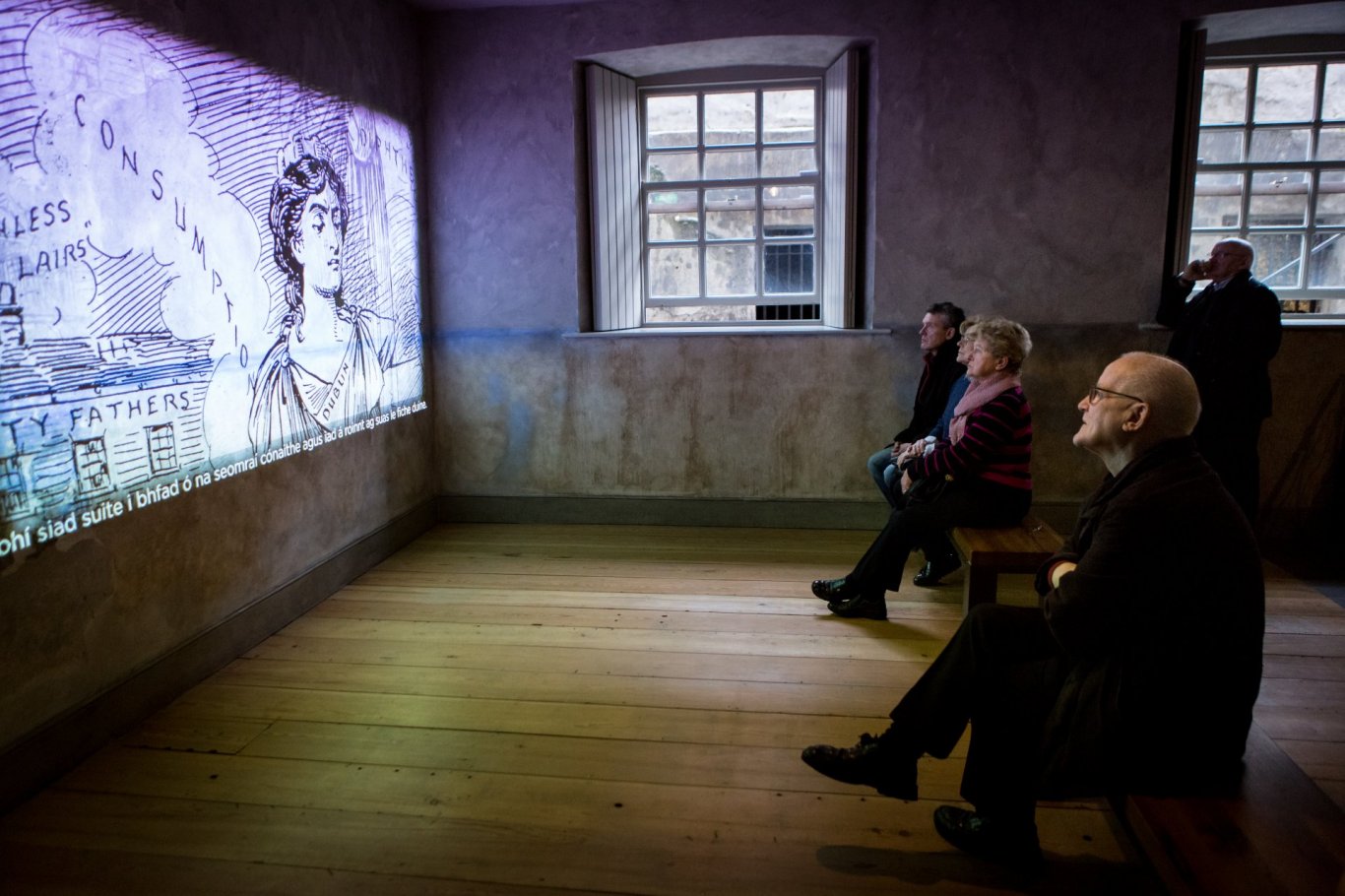14 Henrietta Street
Experience 300 years of Dublin history at one address
Dublin has long been a city of great change. From our beginnings as a Viking settlement, to the second city of the British Empire, to finally the capital of one of the newest Republics of the 20th century. The most recent changes in Dublin’s history have been captured in an unlikely place: 14 Henrietta Street.

Background to 14 Henrietta Street - Dublin's Historic Attraction
14 Henrietta Street began with (not so) humble beginnings, as an unassuming town house for the Dublin gentry. The house lies in the north inner city, not far from Parnell Square. The architecture is beautiful yet typical of the Fair city, a beautiful red brick Georgian terrace. But it’s the history inside that bears the true heart and history of Ireland’s capital. The house was, in its time, the house of Lord Viscounts, Lord Chancellors, Bishops, Solicitors, Judges and was also housed the Dublin Militia.
After the Act of Union in 1801(which brought Ireland’s Parliament to London), the rich noblemen and noblewomen of Dublin relocated to London. With their departure and the subsequent population boom after the end of The Great Famine, began the deterioration of the house. Landlords saw the extreme need for housing a great opportunity to exploit desperate workers and their families. They set about converting these once great mansions into numerous tiny tenements. There was usually one family to a room, and that room was then divided (usually using some fabric) into a kitchen, a living space and a sleeping area.
Needless to say, these overcrowded living conditions coupled with high unemployment and malnutrition meant that the average mortality rate in 1879 in Dublin was at 3.5%, much higher than the 2.3% in London. Tuberculosis was one of the greatest killers, exacerbated by the burning of coal in houses factories abattoirs and breweries. Typhus, dysentery, cholera were also deadly and outbreaks were a common occurrence in Tenement Dublin. Hospitals and charities endeavoured to stop the spread of disease and bacteria by painting Tenement walls Reckitt’s Blue, which they believed inhibited the spread if germs and disease. You can still see the Reckitt’s Blue on the walls of Henrietta Street.

In 1911 the house was filled with about 100 people with the census of the same year showing that the house was filled with many skilled labourers- from milliners ( hat makers), dress makers, tailors, polishers, and bookbinders.
14 Henrietta Street’s last inhabitants left in the early 1970s and the house remained empty, void of playing children, chatting mothers and character up until 2018 when the house was opened as a museum of Tenement life.
Visiting 14 Henrietta Street - Visitor Guide

14 Henrietta Street is a definite must-visit if you find the history of the turn of the last century interesting. This attraction is a treasure trove of stories of Dubliners and the lives they lived. Guided tours take place regularly Wednesday to Sunday (the museum is closed on Mondays and Tuesdays) And tickets cost €9.00 for adults, €6.00 concession (OAP, student, child aged 5-18).
Other Attractions close to 14 Henrietta St: Dublin Writer's Museum, Parnell Square, Dublin City Gallery, and Jameson Distillery.
Hop-On Hop-Off Tour
Hop off your DoDublin Tour on Parnell Square North to visit 14 Henrietta Street
Walk
14 Henrietta Street is easily reached from O'Connell Street - this museum is 950 metres from the Spire.
Dublin Bus
Dublin Bus have many bus routes stopping at Parnell Square, 500 metres from the museum.
Luas
On the Luas green line, the Dominick Street and Broadstone stops are 5 minutes walk from the museum. The Jervis Street red line stop is 5 minute walk away also.
Cycle
There is a Dublin Bike station very close to the museum - this is located at Bolton St.
